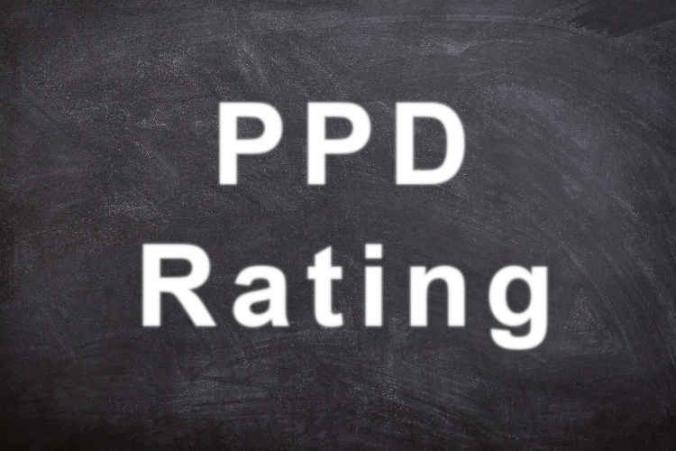After a workplace injury or work illness, some people are left with some sort of permanent disability. In legal terms, we call it permanent measurable residuals. Usually, these work injury claimants are eligible to a permanent partial disability award (or PPD award in short). To get it, the worker must undergo PPD rating. The PPD rating is done by a doctor. It’s a way for the doctor to measure the level of disability. Time-wise, the Department of Labor and Industries (L&I) performs PPD rating and provides the PPD award when an L&I claim closes. Furthermore, the same goes for self-insured employers and insurance companies, like Sedgewick.
PPD rating
L&I doesn’t decide the amount of the PPD award arbitrarily. In fact, it’s based on PPD rating and the L&I PPD award schedule. First, your L&I claim doctor must consider the area of the body involving the work injury or industrial disease. The body parts in question determine the methods they are going to use to decide the PPD rating. Here, there are 2 different categories.
If the industrial injury or workplace illness affects a body part that doctors can amputate, then doctors base the PPD award on the American Medical Association guides. However, if amputation is not an option, then the doctors base the PPD award on various categories in the Washington Administrative Code (WAC).
PPD award amount
The PPD award schedule is the official term for calculating the PPD payout. The monetary amount of the PPD award depends on the PPD rating. For reference, L&I maintains a PPD awards table. The table shows the payment amount versus the PPD rating decision. Interestingly, the award rate also depends on the date of the work injury (or the manifestation date for a workplace disease). Once the L&I doctor makes the PPD rating, L&I looks up the award schedule to find the PPD award value. Furthermore, additional information about this process can be found under the PPD section of the L&I website.
I’ve been representing work injury claimants for many years. Over time, I came to realize that many L&I attending doctors don’t do PPD ratings. Consequently, when your L&I claim is getting ready to close, L&I usually sends you to an independent medical exam (IME). There, the IME panel confirms your maximum medical improvement and gives a PPD rating. However, the methods for finding the PPD rating are relatively straightforward and simple. Therefore, I’m confused as to why more attending doctors don’t provide PPD ratings regularly.
Recommendations and personal thoughts
Personally, I think (and hope) that many more attending providers should perform PPD ratings. First, in general, attending doctors are in the best position to know their patients’ permanent residuals. Hence, it should be fairly simple for them to determine the appropriate rating method and measurements. Second, it would allow work injury claimants to feel more confident that their PPD rating and compensation are fair and proper. I get so many calls from injured workers who are concerned that IME providers didn’t take accurate measurements. Unsurprisingly, PPD readings by attending physicians are bound to limit these types of concerns. Finally, if more attending doctors perform PPD ratings, we wouldn’t need so many IME doctors and appointments. That way, we can keep L&I claim costs down. Moreover, we could reach L&I claim closure more quickly and efficiently, once workers reach maximum medical improvement (assuming no further vocational issues).
I often ask L&I doctors why they don’t perform PPD ratings. Sadly, the most common answer I get is that they don’t feel competent and lack training. For me, it seems that this is a relatively easy problem to fix. All we need is little education, some training, and someone within the L&I ranks with enough energy to push for change.

Leave a Reply